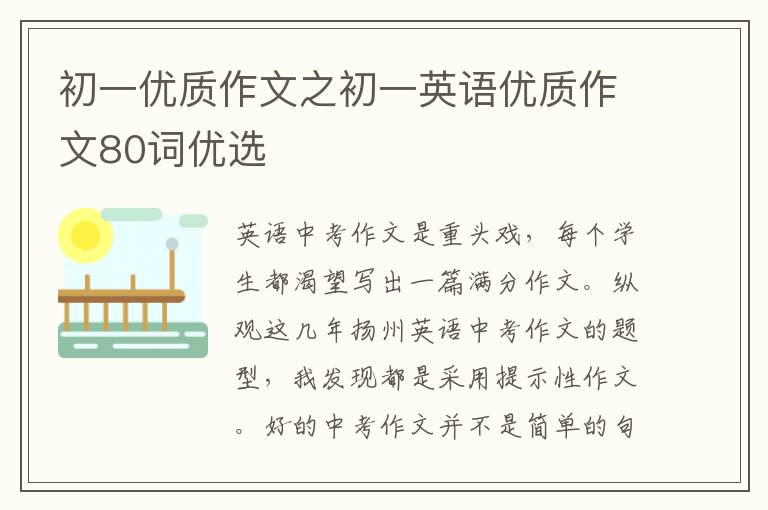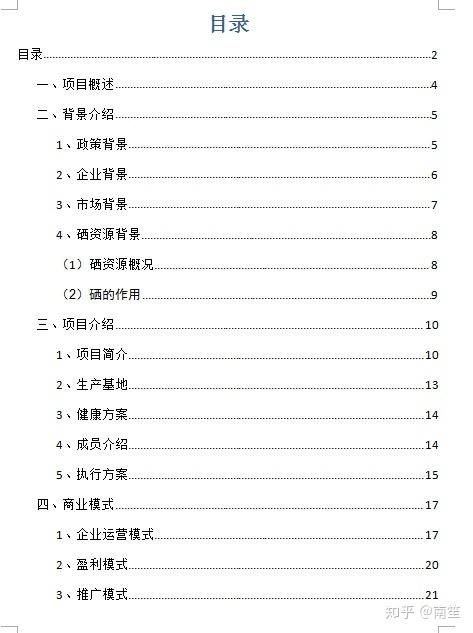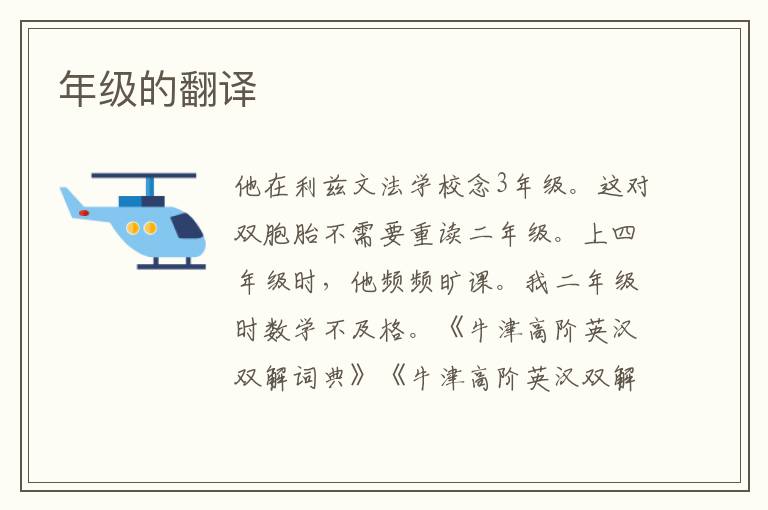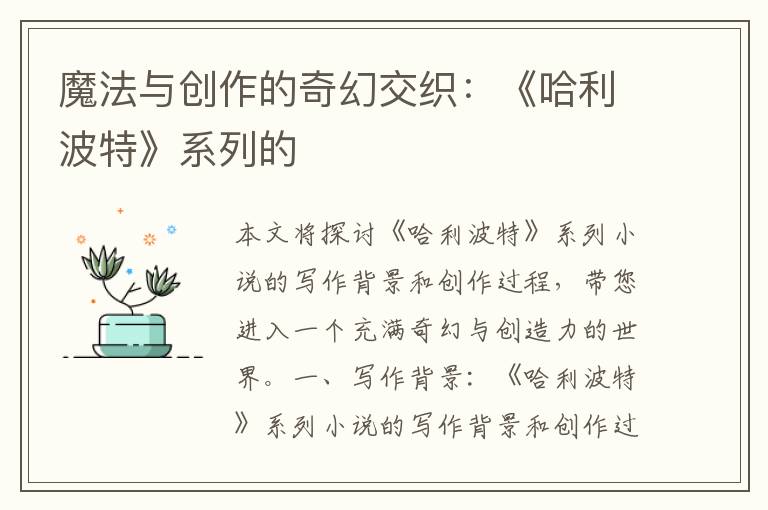2023年職稱英語考試綜合類閱讀理解典型練習題

We all know that the normal human daily cycle of some 7-8 hours sleep alternating with some 16-17 hours wakefulness and that, broadly speaking, the sleep normally coincides with the hours of darkness. Our present concern is win how easily and to what extent this cycle can be modified.
The question is no more academic one. The case, for example, with which people can change from working in the day to working at night is a question of growing importance industry where automation calls insistently for round-the-clock working of machines. It normally takes from five days to one week for a person to adapt to a reversed of sleep and wakefulness, sleeping during the day and working at night. Unfortunately it is often the case in industry that shifts are changed every week; a person may work from 12 midnight to 8 a.m. one week , 8 a.m. to 4 p.m. the next, and 4 p.m. to 12 midnight the third and so on. This means that no sooner has he got used to one routine than he has to change to another, so that much of his time is spent neither working nor sleeping very efficiently.
One answer would seem to be longer periods on each shift, a month, or even three months. Recent research by Bonjer of the Netherlands, however, has shows that people on such systems will revert to their normal habits of sleep and wakefulness during the week-end and that this is quite enough to destroy any adaptation to night work built up during the week.
The only real solution appears to be to hand over the night shift to a corps of permanent night workers whose nocturnal wakefulness may persist through all weekend and holidays. An interesting study of the domestic life and health of night-shift workers was carried out by Brown. She found a high incidence of disturbed sleep, digestive disorder and domestic disruption among those on alternating day and night shifts, but no abnormal occurrence of these symptoms among those on permanent night work.
1. The question raised in Paragraph 1 is no mere academic one
A)because Bonjers findings are different from Browns.
B)because sleep normally coincides with the hours of darkness.
C)because some people can change their sleeping habits easily.
D)because shift work in industry requires people to change the sleeping habits.
2. According to the passage, the main problem about night work is that
A) people hate the inconvenience of working on night shifts.
B) your life is disturbed by changing from day to night routines and back.
C) not all industries work at the same hours.
D) it is difficult to find a corps of good night workers.
3. According to the passage, the best solution on the problem seems to be
A) not to change shifts from one week to the next.
B) to make periods on each shift longer.
C) to employ people who will always work at night.
D) to find ways of selecting people who adapt quickly.
4. In the second paragraph, the third means
A) the third week
B) the third shift
C) a third of the time
D) the third routine
5. In the last sentence of the second paragraph, another means
A) another routine
B) another shift
C) another week
D) another person
key: DBCBA
We all know that the normal human daily cycle of some 7-8 hours sleep alternating with some 16-17 hours wakefulness and that, broadly speaking, the sleep normally coincides with the hours of darkness. Our present concern is win how easily and to what extent this cycle can be modified.
The question is no more academic one. The case, for example, with which people can change from working in the day to working at night is a question of growing importance industry where automation calls insistently for round-the-clock working of machines. It normally takes from five days to one week for a person to adapt to a reversed of sleep and wakefulness, sleeping during the day and working at night. Unfortunately it is often the case in industry that shifts are changed every week; a person may work from 12 midnight to 8 a.m. one week , 8 a.m. to 4 p.m. the next, and 4 p.m. to 12 midnight the third and so on. This means that no sooner has he got used to one routine than he has to change to another, so that much of his time is spent neither working nor sleeping very efficiently.
One answer would seem to be longer periods on each shift, a month, or even three months. Recent research by Bonjer of the Netherlands, however, has shows that people on such systems will revert to their normal habits of sleep and wakefulness during the week-end and that this is quite enough to destroy any adaptation to night work built up during the week.
The only real solution appears to be to hand over the night shift to a corps of permanent night workers whose nocturnal wakefulness may persist through all weekend and holidays. An interesting study of the domestic life and health of night-shift workers was carried out by Brown. She found a high incidence of disturbed sleep, digestive disorder and domestic disruption among those on alternating day and night shifts, but no abnormal occurrence of these symptoms among those on permanent night work.
1. The question raised in Paragraph 1 is no mere academic one
A)because Bonjers findings are different from Browns.
B)because sleep normally coincides with the hours of darkness.
C)because some people can change their sleeping habits easily.
D)because shift work in industry requires people to change the sleeping habits.
2. According to the passage, the main problem about night work is that
A) people hate the inconvenience of working on night shifts.
B) your life is disturbed by changing from day to night routines and back.
C) not all industries work at the same hours.
D) it is difficult to find a corps of good night workers.
3. According to the passage, the best solution on the problem seems to be
A) not to change shifts from one week to the next.
B) to make periods on each shift longer.
C) to employ people who will always work at night.
D) to find ways of selecting people who adapt quickly.
4. In the second paragraph, the third means
A) the third week
B) the third shift
C) a third of the time
D) the third routine
5. In the last sentence of the second paragraph, another means
A) another routine
B) another shift
C) another week
D) another person
key: DBCBA









